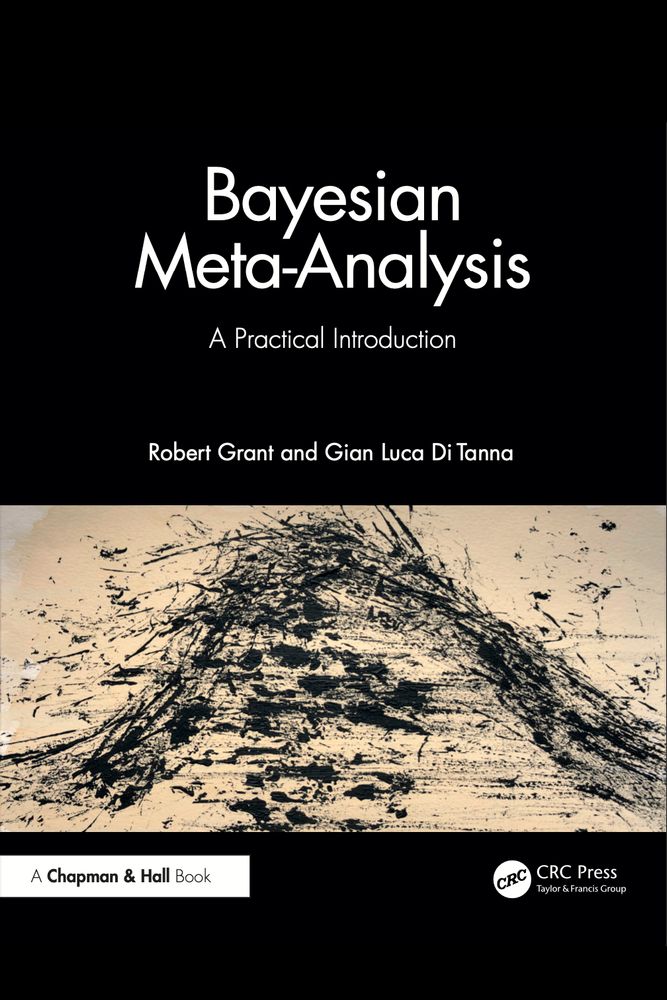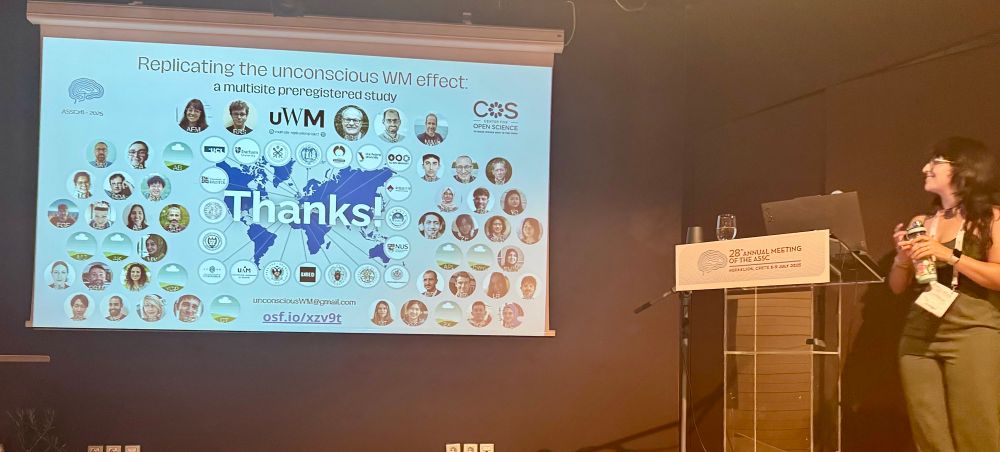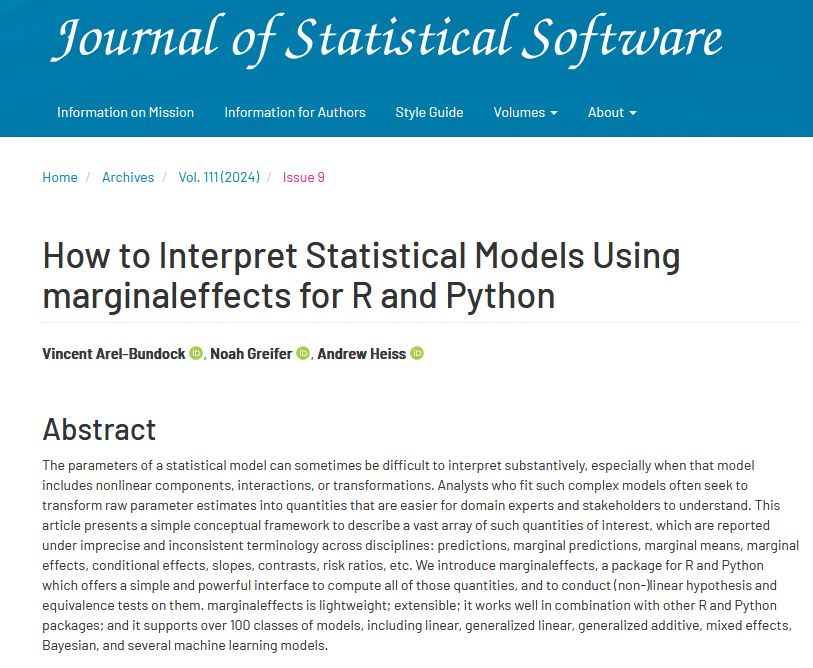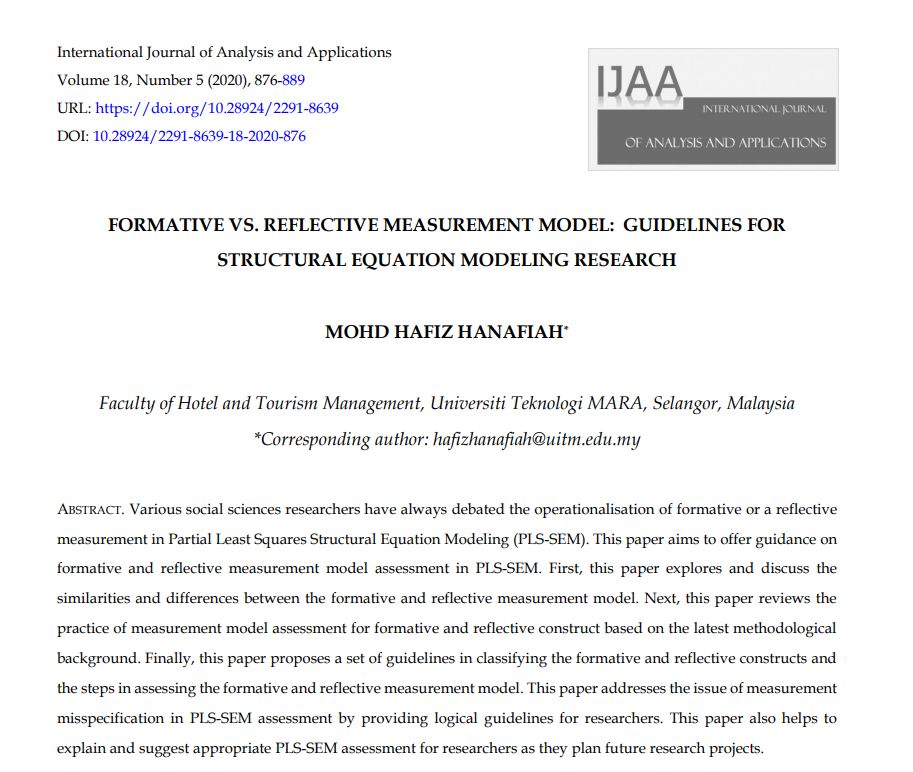
cover of Bayesian Meta-Analysis: A Practical Introduction by Robert Grant and Gian Luca Di Tanna
I haven't read this book yet, but the authors (Grant & Di Tanna) know their stuff, and they provide code for every script/engine. Meta- and mega-analysis one of those places where Bayes is natural and often easier than non-Bayes. bayesian-ma.net
18.07.2025 06:56 — 👍 116 🔁 26 💬 4 📌 0

Super grateful to the WM team for such an exciting project 🥹🗺️🤍
You can check the slides of the @assc28.bsky.social presentation at| www.researchgate.net/publication/...
11.07.2025 21:29 — 👍 10 🔁 5 💬 1 📌 0
Yes, KL is very interesting, although its interpretation can be a bit unintuitive... Maybe the Jensen-Shannon divergence would be easier to use in applied contexts because it's easier to interpret, although I’m not sure if it has any disadvantages compared to KL... 🤷♂️🤷♂️🤷♂️
17.04.2025 21:25 — 👍 1 🔁 1 💬 0 📌 0
Check out the supplementary material too! The idea of using Kullback-Leibler divergence as a measure of differences between experimental conditions still occasionally crosses my mind...
17.04.2025 18:48 — 👍 1 🔁 0 💬 1 📌 0
In fact, much of my current work (the first paper of my PhD, hopefully a preprint before summer!) can't be understood without this article. This is where I first got into Bayesian stats, a year before I took Lee & Wagenmakers' JAGS course in Amsterdam!
17.04.2025 18:48 — 👍 1 🔁 0 💬 1 📌 0
Six years of revisions for one of the best papers I've ever read. Seriously, a must-read: from the underlying theoretical logic of statistical modeling to the most efficient programming of models in Stan (I still remember their four-dimensional arrays for RTs!).
17.04.2025 18:48 — 👍 2 🔁 0 💬 1 📌 0
Congrats! This is easily one of the best papers I've read on Hedge's reliability paradox—especially clear and accessible for experimental psychologists without a strong statistical background. Great to see it published in Psychological Methods!
17.04.2025 18:46 — 👍 1 🔁 0 💬 1 📌 0

Free Course Book
Our course book “Bayesian inference from the ground up: The theory of common sense” will be made freely available on this website. Click here or on the cover page below to obtain the fi…
"Even a scientific demigod such as Gottfried Leibniz faltered when confronted with a simple problem in probability theory. Or perhaps there are no simple problems in probability theory!" (Wagenmakers & Matzke, 2024, p. 83).
www.bayesianspectacles.org/free-course-...
15.04.2025 08:29 — 👍 0 🔁 0 💬 0 📌 0
🤓¡Primer paper de mi tesis!
La historia de cómo aprendí a modelar un experimento de aprendizaje implícito. Modelar es muy poderoso: permite simular qué pasaría si asumo que tengo ruido de medida y de muestreo. ¿Tendría potencia para detectar mi efecto teórico?
authors.elsevier.com/a/1km4d,H2pb...
19.03.2025 18:21 — 👍 13 🔁 6 💬 5 📌 0

Ideas para tatuarme en toda la piel:
19.03.2025 16:46 — 👍 3 🔁 2 💬 0 📌 0

The misalignment of incentives in academic publishing and implications for journal reform | PNAS
For most researchers, academic publishing serves two goals that are often misaligned—knowledge
dissemination and establishing scientific credential...
I just read the paper ‘The misalignment of incentives in academic publishing and implications for journal reform’ and loved it. It gives a very illustrative overview of the roles of journals and I found it inspiring to see all the alternatives that are working!
www.pnas.org/doi/10.1073/...
03.03.2025 08:15 — 👍 5 🔁 3 💬 0 📌 0
You write: Random intercepts were included for each subject.
I read: 𝗢𝗻𝗹𝘆 random intercepts were included for each subject.
#stats
25.02.2025 10:17 — 👍 30 🔁 2 💬 5 📌 1
Violencia justificada.
03.02.2025 15:54 — 👍 2 🔁 0 💬 2 📌 0
Yo estoy tentado de hacer uno sobre psicometría bayesiana, pero me estoy conteniendo...
04.01.2025 12:48 — 👍 0 🔁 0 💬 0 📌 0
Ojo!!! Muy bonito!! Puedes compartir por aquí que tal la recepción cuando lo des??
03.01.2025 18:26 — 👍 0 🔁 0 💬 1 📌 0
Introducing PowerLMM.js!
A new tool for power analysis of longitudinal linear mixed-effects models (LMMs) – with support for missing data, plus non-inferiority and equivalence tests.
powerlmmjs.rpsychologist.com
Would really appreciate your feedback as I refine this app! Details below 🧵👇
11.12.2024 10:20 — 👍 289 🔁 110 💬 11 📌 10

Our JSS article is out!
And now I get to focus on {marginaleffects} 1.0.0. Stay tuned.
www.jstatsoft.org/article/view...
02.12.2024 04:00 — 👍 380 🔁 113 💬 13 📌 14

Doing a deeper dive into reflective vs. formative modeling, thanks to some wonderful reviewers.
#StatsSky #AcademicSky
pdfs.semanticscholar.org/d156/8a44bb3...
05.12.2024 21:19 — 👍 6 🔁 2 💬 0 📌 0
Al mejor de tres!!
27.11.2024 22:45 — 👍 1 🔁 0 💬 0 📌 0
The GLLAMM/GLVM framework goes one step further than linear mixed models because it allows us to decompose the so-called random-effects covariance matrix into common and unique latent factors. These frameworks (especially GLLAMM) provided the most empowering statistical insights I've encountered.
27.11.2024 21:52 — 👍 0 🔁 0 💬 0 📌 0

Small simulation with 300 subjects and 50 trials per experimental condition. True correlation values are 0.50.

Small simulation with 50 subjects and 300 trials per experimental condition. True correlation values are 0.50.
As always, the estimation improves as the number of subjects and trials increases.
1. First picture: 300 subjects and 50 trials per condition.
2. Second picture: 50 subjects and 300 trials per condition.
27.11.2024 21:52 — 👍 0 🔁 0 💬 1 📌 0

100 subjects, 50 trials per condition (e.g., congruent/incongruent trials in Stroop task), and six experimental tasks. The true correlation between all tasks is 0.50. Results are shown from a Bayesian linear mixed model (first matrix) and a Bayesian GLLAMM/GLVM model (second matrix).
27.11.2024 21:52 — 👍 1 🔁 0 💬 1 📌 0
Frameworks like GLLAMM (Skrondal & Rabe-Hesketh, 2004) or GLVM (Muthén, 2002) will be the future of psychometrics in the experimental world. They allow us to estimate correlations between experimental measures of latent cognitive processes with less uncertainty than any other traditional approach!
27.11.2024 21:52 — 👍 4 🔁 3 💬 1 📌 0
Hola, amiguísima 👽
18.11.2024 08:58 — 👍 1 🔁 0 💬 0 📌 0
ReproducibiliTea Journal Club @um.es
Online, el último lunes de cada mes a las 16:00h.
Únete!! 👉 https://t.co/daiNcf7ZaB
Actriz.
🎬 Matusalén. Codón es un máquina. Mañana es hoy.
🎙Titania. Biotopía. El sonido del crimen.
Paid to do
p(b | a) p(a)
p(a | b) = —————————
p(b)
Data Scientist | Computational Psychologist | Devout Bayesian
https://bayesianbeginnings.com/
Professor in computational Bayesian modeling at Aalto University, Finland. Bayesian Data Analysis 3rd ed, Regression and Other Stories, and Active Statistics co-author. #mcmc_stan and #arviz developer.
Web page https://users.aalto.fi/~ave/
The Mind, Brain and Behavior Research Center at the University of Granada, an international hub for psychological and neuroscience research.
- Maria de Maeztu Unit of Excellence
- https://cimcyc.ugr.es/en
Predoctoral researcher at @cimcyc.bsky.social @universidadgranada.bsky.social || Research interests: measurement, (cyber)violence against women, subversive humor and body image.
Zealous modeler. Annoying statistician. Reluctant geometer. Support my writing at http://patreon.com/betanalpha. He/him.
🇨🇦 Distinguished Research Professor at the University of Calgary. Creator of the PROCESS macro for SPSS, SAS, and R. Director of the Canadian Centre for Research Analysis and Methods. afhayes.com haskayne.ucalgary.ca/ccram/academy (he/him) 🇺🇦
PhD student at the University of Granada 🧠
Experimental Psychology | Cognitive Neuroscience | Language | Embodied Cognition | TMS | Metascience.
Cuenta oficial de la Asociación Española de Metodología de las Ciencias del Comportamiento. https://aemcco.org
Everything latent
#psychometrics
¿que ha dicho QUÉ?
Cuenta homenaje a la mejor cuenta de Twitter que jamás existió, con todo nuestro cariño, respeto y admiración.
(No relacionados con la cuenta original)
🧑🏽🏫Profesor e Investigador en la Univ. de Valladolid. 🎓Doctor en Psicología. ✊🏼Ex-presidente de @FPUinvestiga. 🏠Segoviano. ⚖️#PsicologiaForense
Prof. Most tweets about R. “Polisci, it’s all about what’s going on.”
http://arelbundock.com
Mostly stats, visualization, open science, and psychotherapy.
https://rpsychologist.com
Doctorando, Psicólogo, Diplomado en Magisterio y lector empedernido. Interesado en #Educación ( #Patrimonio ), #Psicología y #Datos.
Do not feed the contrarian.
The Hierarchical Taxonomy of Psychopathology (HiTOP) is an effort by psychiatric nosologists to improve the organization, description, and measurement of mental health
Learn more: www.hitop-system.org
Anthropologist - Bayesian modeling - science reform - cat and cooking content too - Director @ MPI for evolutionary anthropology https://www.eva.mpg.de/ecology/staff/richard-mcelreath/
Assistant Professor of methods at the UCLM. Doing resesarch on #meta-analysis, #meta-science, #reproducibility and #data-sharing.










